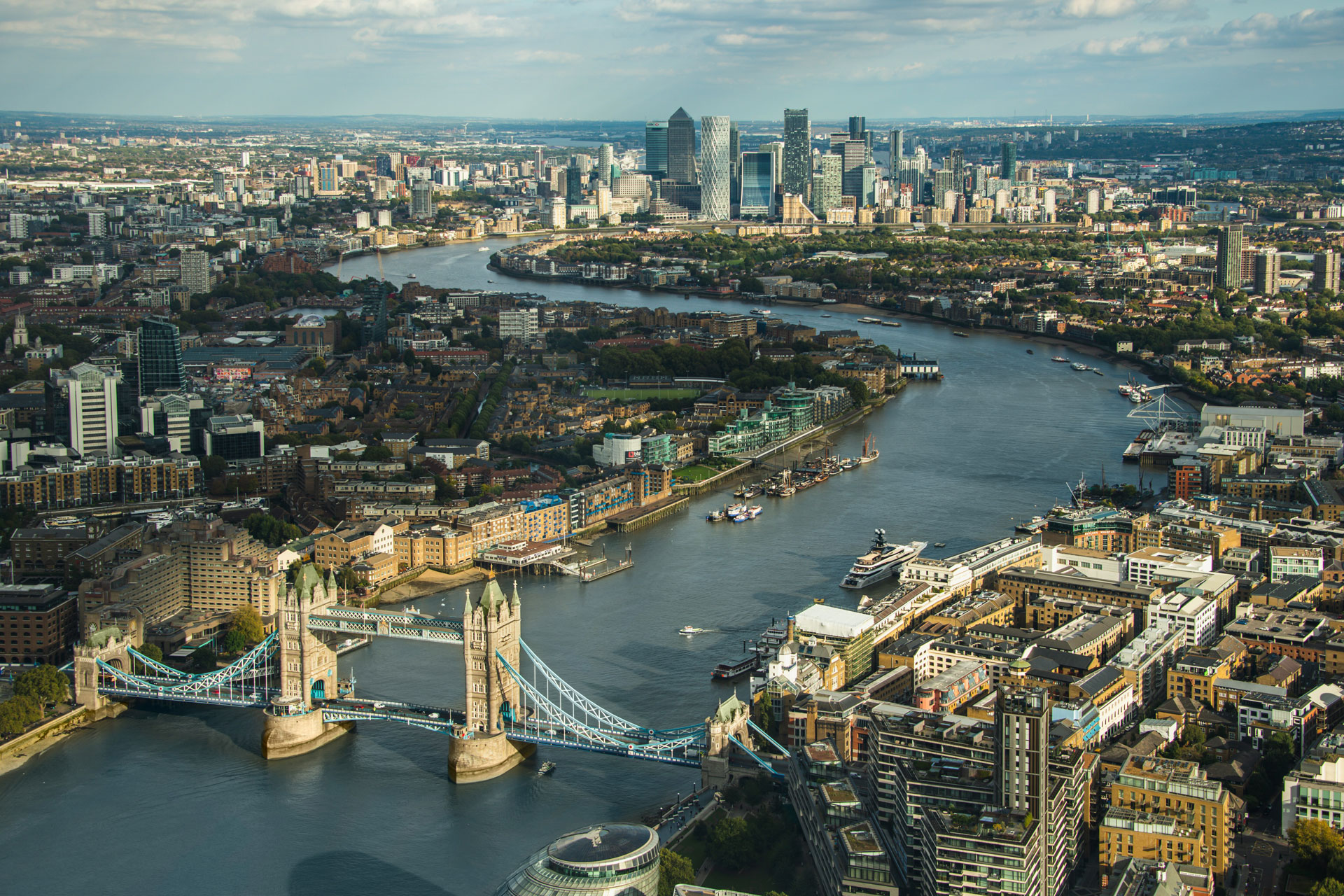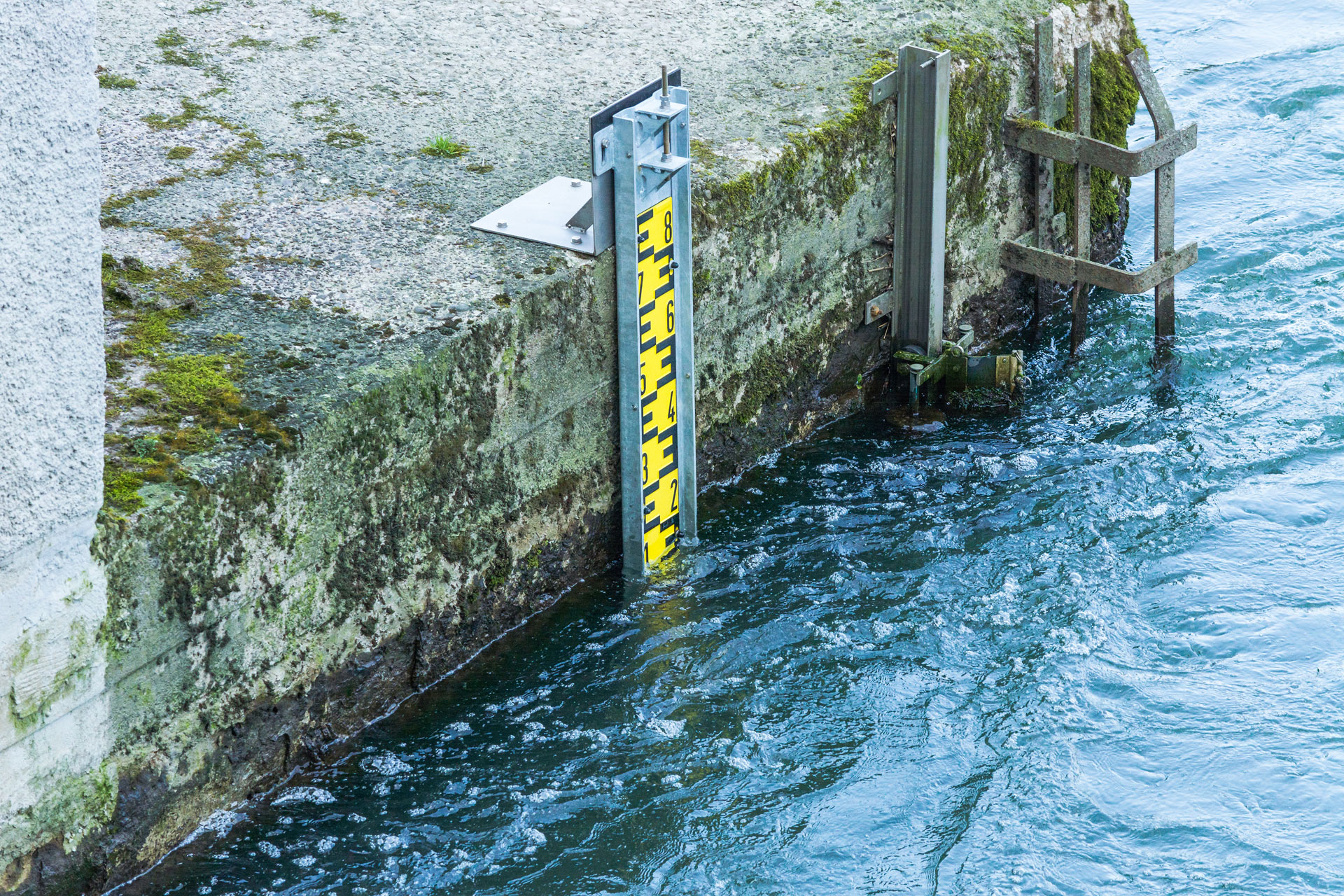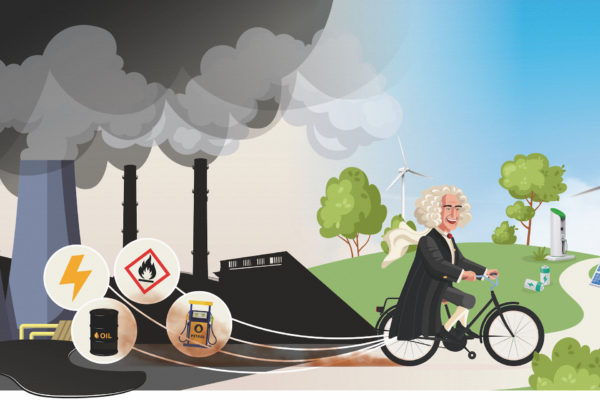What Is A Sponge City – And Could London Become One?
By
2 years ago
This planning model aims to reduce the risk of urban flooding

Back in 2021, London was hit by extreme rainfall, which led to widespread flooding. At the peak of the floods, a month’s worth of rain fell in just one hour, wreaking havoc on properties, tube stations and roads across the city. This was an example of flash flooding, which the Greater London Authority (GLA) has described as the biggest environmental risk to people living in the capital. It’s thought floods could become increasingly common in London as carbon emissions remain high – but could implementing a sponge city concept be the solution?
Could The Sponge City Concept Work In London?
What Is A Sponge City?
A sponge city is a nature-based solution to the climate crisis which is being used to mitigate the effects of flooding. This sees planners deploying more green spaces, such as parks and wetlands, to urban areas in order to absorb rainwater. The model also involves implementing green infrastructure techniques, such as permeable pavements, green roofs and urban wetlands, which help slow down the flow of rainwater.
The concept was pioneered in China back in 2013, where sponge cities were implemented following a bout of flash flooding. Since then, a number of places around the world including Copenhagen, Amsterdam and Auckland have followed suit, embracing their ‘sponginess’ through inner city gardens and improved river drainage.
There are other benefits, too: sponge cities also benefit water and air quality, and promote biodiversity.

Getty Images
Should London Become One?
The Met Office has warned storm events like the one that caused flash flooding back in 2021 will be four times more frequent if climate change continues at its current pace. Floods can cause huge damage: causing injury or even loss of life, destroying buildings and bridges, impacting wildlife and contaminating water.
In 2022, Mayor Sadiq Khan created the London Climate Resilience Review to assess how prepared London is for extreme weather. While it found ‘significant climate adaptation and resilience action is under way’, it said London was still ‘underprepared’. Clearly, we need to find a solution, but is London fit for becoming a sponge city?
On one hand, the capital is home to lots of green spaces, however it’s also heavily urbanised. A report from British development firm Arup looked into the ‘sponginess’ of eight cities, finding London to be the second-least ‘spongy’. It emerged with a ‘sponge rating’ of just 22 percent, beating only Sydney, who scored 18 percent.
Arup’s global water business lead Mark Fletcher told BBC News London should still strive to become a sponge city. However, sponge city critics have questioned their effectiveness in dealing with major weather events, while others have highlighted the difficulties in implementation.
What’s Being Done To Combat Flooding?
Steps are being taken in the right direction. Following the 2021 floods, the Surface Water Strategic Group was formed in order to oversee a long-term flood management risk strategy for London.
Sustainable drainage systems (SuDS) are also being used to manage excess rainwater – an alternative to big projects like the super sewer. Many organisations argue many more of these need to be installed, however they come with a cost, and require regular maintenance from locals.
What Can Individuals Do?
There are some things people can do at home to reduce flood risk – particularly if you have a garden. The RHS suggests:
- If your front garden is completely paved over, consider planting something – this can help intercept rainfall.
- Consider swapping a fence for an evergreen hedge.
- Grow a variety of plants in your garden, as different types are better at intercepting rainfall at different times of the year.






















